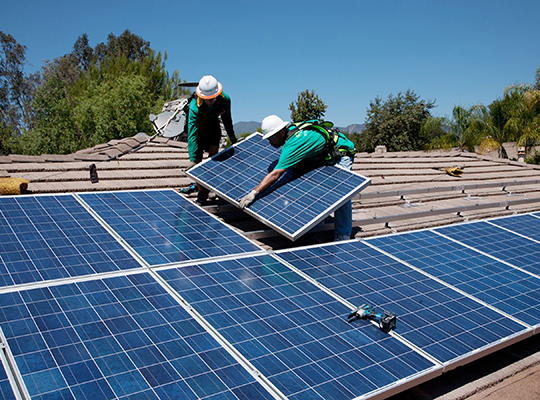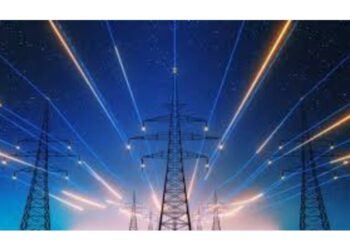In the year 2008, India had devised the National Action Plan on Climate Change (NAPCC) which was a positive step towards a sustainable future of clean energy. Later in the year 2015, as a signatory, India has submitted its Intended Nationally Determined Contribution (INDC) to United Nations Framework Convention on Climate Change (UNFCCC) ahead of COP 21. In its INDC, India agreed to cut the emissions intensity of its GDP by 33 to 35 percent by 2030, compared to 2005 levels. It also committed that by 2030, non-fossil fuel based power will account for 40% of total electricity generation. In addition to this, it has also pledged to increase its forest cover, to absorb 2.5 to 3 billion tonnes of CO2 (the primary cause of global warming) by 2030.
In November 2021, India achieved the target of 40% of non-fossil fuel based power generation out of the total power generation, 9 years ahead of time. With this, India will be among the first few countries to achieve such a milestone. However, there are more commitments to be met.
The Ministry of New and Renewable Energy in its press release confirmed that “The country has achieved this target in November 2021 itself. The country’s installed Renewable Energy (RE) capacity today stands at 150.05 gigawatts (GW), while its nuclear energy based installed electricity capacity stands at 6.78 GW. This brings the total non-fossil based installed energy capacity to 156.83 GW which is 40.1 per cent of the total installed electricity capacity of 390.8 GW”.

India is on track to achieve its 175 GW target set for 2022. In the month of August 2021, India crossed its total RE capacity of 100 GW (excluding large hydro) and now stands at 103.1 GW, where solar, wind, bioenergy and small hydro contributed to 47.7 GW, 40 GW, 10.6 GW, and 4.8 GW respectively. As far as the ranking is concerned, India now ranks fourth in the world in terms of total installed RE capacity, fifth in solar, and fourth in wind.
In furtherance to its 2022 target of 175 GW, India announced an ambitious goal of achieving 500 GW of renewable energy capacity by 2030 at COP 26. With support and initiatives from the government, achieving the 2030 target is expected to be a smooth ride. Overall, meeting these targets will prove to be a step towards positive development for the country’s renewable energy sector.

Ashish Rokde
The Author is the Product Manager of Oorjan Cleantech (https://www.oorjan.com) is one of the leading innovative and fastest growing technology and finance enabled distributed solar energy company for rooftop solar in India.












